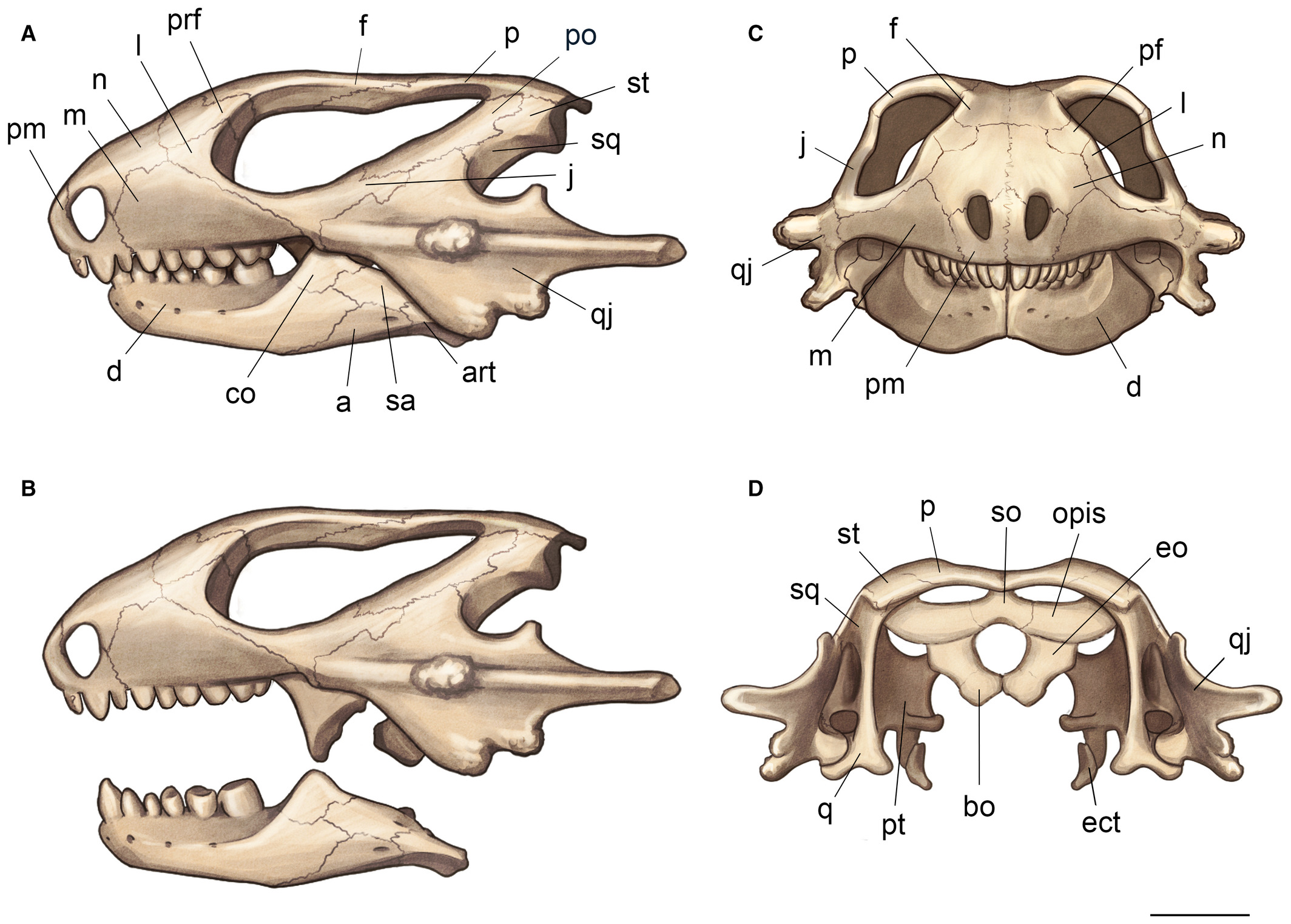|
Kape
{{disambiguation, callsign ...
Kape or KAPE may refer to: *KAPE, a radio station (1550 AM) in Cape Girardeau, Missouri, United States * Kape Alamid, coffee made from berries which have passed through the digestive tract of the Asian Palm Civet *Kape Barako, a coffee grown in the Philippines See also *Kapes, a Queen consort of Egypt, wife of Pharaoh Takelot I * Kapes (genus), an extinct genus of parareptile *Cape (other) A cape is a sleeveless outer garment, which drapes the wearer's back and fastens at the neck. Cape, the Cape, or CAPE may also refer to: Places *Cape (geography), a headland or a promontory of large size extending into a body of water *Cape Ann, ... [...More Info...] [...Related Items...] OR: [Wikipedia] [Google] [Baidu] |
KAPE
KAPE (1550 AM, "KAPE Radio") is an American radio station licensed to serve the community of Cape Girardeau, Missouri. The station is owned by Withers Broadcasting and the broadcast license is held by Withers Broadcasting Company of Missouri, LLC. The station was assigned the call sign "KAPE" by the U.S. Federal Communications Commission (FCC) on March 2, 1987. It was licensed as "KGMO" when it signed on in 1951, and was assigned "KEWI" on April 14, 1986, and "KKPE" on May 1, 1986. Programming KAPE broadcasts a news/talk format. The station features programming from Fox News Radio and Salem Media Group. , syndicated programming includes weekday talk shows hosted by Dana Loesch, Dave Ramsey, Glenn Beck, Hugh Hewitt, Joe Pags, John Gibson, and Todd Schnitt. Translator KAPE programming is also carried on a broadcast translator station to extend or improve the coverage area of the station. References External linksKAPE official website * * {{News/Talk Radio Stations in Mis ... [...More Info...] [...Related Items...] OR: [Wikipedia] [Google] [Baidu] |
Kape Alamid
Kopi luwak, also known as civet coffee, is a coffee that consists of partially digested coffee cherries, which have been eaten and defecated by the Asian palm civet (''Paradoxurus hermaphroditus''). The cherries are fermented as they pass through a civet's intestines, and after being defecated with other fecal matter, they are collected. Asian palm civets are increasingly caught in the wild and traded for this purpose. Kopi luwak is produced mainly on the Indonesian islands of Sumatra, Java, Bali, Sulawesi, and in East Timor. It is also widely gathered in the forest or produced in farms in the islands of the Philippines, where the product is called ''kape motit'' in the Cordillera region, ''kapé alamíd'' in Tagalog areas, ''kapé melô'' or ''kapé musang'' in Mindanao, and ''kahawa kubing'' in the Sulu Archipelago. ''Weasel coffee'' is a loose English translation of its Vietnamese name ''cà phê Chồn''. Producers of the coffee beans argue that the process may improve c ... [...More Info...] [...Related Items...] OR: [Wikipedia] [Google] [Baidu] |
Kape Barako
''Kapeng barako'' ( es, café varraco or café verraco), also known as Barako coffee or Batangas coffee, is a coffee varietal grown in the Philippines, particularly in the provinces of Batangas and Cavite. It belongs to the species ''Coffea liberica.'' The term is also used to refer to all coffee coming from those provinces. ''Barako'' in the languages of the Philippines means "stud", and is associated with the image of masculinity. Barako has a strong flavor and fragrance reminiscent of aniseed. Barako trees are some of the largest commercially cultivated coffee trees, which make them more difficult to grow. They are considered endangered due to low production and demand. It is listed in the Ark of Taste international catalogue of endangered heritage foods by the Slow Food movement. Etymology ''Barako'' in Philippine languages is equivalent to the English term "stud" (both literally and figuratively), from Spanish ''varraco'', "wild boar" (''baboy ramo'' in Tagalog). The wor ... [...More Info...] [...Related Items...] OR: [Wikipedia] [Google] [Baidu] |
Kapes
Kapes was a wife of Pharaoh Takelot I and the mother of Pharaoh Osorkon II.Dodson, Aidan and Hilton, Dyan. The Complete Royal Families of Ancient Egypt. Thames & Hudson. 2004. Kapes is mentioned on the Pasenhor stela found in the Serapeum of Saqqara. On the stela she has the title of God's mother. Kapes is also known from her son Osorkon II Usermaatre Setepenamun Osorkon II was the fifth king of the Twenty-second Dynasty of Ancient Egypt and the son of King Takelot I and Queen Kapes. He ruled Egypt from approximately 872 BC to 837 BC from Tanis, the capital of that dynasty. After ...'s tomb in Tanis. No further titles are mentioned for Kapes in her son's tomb. A lamentation text in her son's tomb end with the line "''ir n.f K3pws''" which translates to "Kapus did (or made) this for him".Kitchen, Kenneth A. The Third Intermediate Period in Egypt, 1100-650 B.C. (Book & Supplement) Aris & Phillips. 1986 References Queens consort of the Twenty-second Dynasty of Egypt ... [...More Info...] [...Related Items...] OR: [Wikipedia] [Google] [Baidu] |
Kapes (genus)
''Kapes'' is an extinct genus of procolophonid parareptile from the Lower and Middle Triassic of the United Kingdom and Russia. It is a member of the subfamily Procolophoninae. The type species ''K. amaenus'' was named in 1975 from the banks of the Vychegda River in the Komi Republic of Russia. In 1983, a new species was brought into the genus, ''K. majmesculae''. ''K. majmesculae'' was first named in 1968 as a member of the genus ''Tichvinskia''. A third Russian species, ''K. serotinus'', was named in 1991. In 2002, ''Kapes bentoni'' was named from the Middle Triassic Otter Sandstone Formation of Devon, England, extending the geographic range of ''Kapes''. In the same paper, ''K. serotinus'' was synonymized with ''K. majmesculae'' and another Russian species was assigned to ''Kapes'' called ''K. komiensis''. ''K. komiensis'' was first named in 1975 (in the same paper ''K. amaenus'' was named in) as a member of the genus '' Macrophon''. Phylogeny Below is a cladogram A clado ... [...More Info...] [...Related Items...] OR: [Wikipedia] [Google] [Baidu] |

_Kapeng_Barako.jpg)
